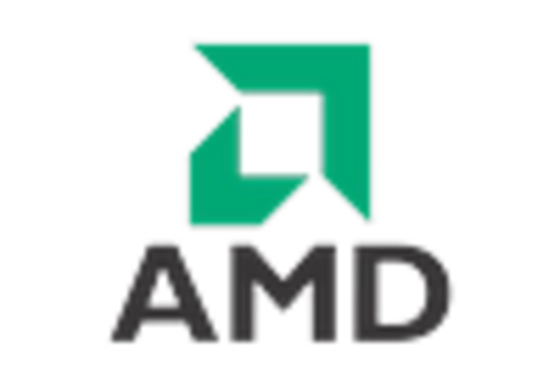Growth of Edge Computing
The rise of edge computing is reshaping the Data Center GPU Market by necessitating the deployment of GPUs closer to data sources. This trend is driven by the need for real-time data processing and analytics, particularly in sectors such as IoT and autonomous vehicles. By 2025, the edge computing market is expected to reach 20 billion USD, with GPUs playing a pivotal role in processing data at the edge. This shift not only reduces latency but also alleviates bandwidth constraints associated with cloud computing. Consequently, data centers are increasingly integrating GPU capabilities to support edge computing initiatives, thereby expanding their service offerings and enhancing operational efficiency.
Advancements in GPU Technology
Technological advancements in GPU architecture are significantly influencing the Data Center GPU Market. Innovations such as increased core counts, improved memory bandwidth, and enhanced parallel processing capabilities are enabling GPUs to deliver superior performance. For instance, the introduction of new architectures has led to a performance increase of up to 30% in certain applications. These advancements not only improve processing speeds but also enhance energy efficiency, which is a critical consideration for data centers. As a result, organizations are more inclined to adopt cutting-edge GPU solutions, thereby propelling market growth and fostering a competitive environment among GPU manufacturers.
Increased Focus on Data Security
As cyber threats become more sophisticated, the Data Center GPU Market is witnessing an increased focus on data security. Organizations are investing in advanced security measures, including the use of GPUs for encryption and real-time threat detection. The ability of GPUs to process large volumes of data quickly allows for enhanced security protocols that can identify and mitigate threats in real-time. This trend is particularly relevant in sectors such as finance and healthcare, where data integrity is paramount. As a result, the demand for GPUs that can support these security initiatives is likely to grow, further driving the market.
Emergence of Virtualization Technologies
The emergence of virtualization technologies is significantly impacting the Data Center GPU Market. Virtualization allows multiple virtual machines to run on a single physical server, optimizing resource utilization and reducing costs. GPUs are increasingly being integrated into virtualization platforms to enhance graphics performance and computational power. This integration enables organizations to deploy GPU-accelerated applications across various virtual environments, thereby improving efficiency and scalability. As businesses continue to adopt virtualization strategies, the demand for GPUs that can support these technologies is expected to rise, contributing to the overall growth of the market.
Rising Demand for High-Performance Computing
The Data Center GPU Market experiences a notable surge in demand for high-performance computing (HPC) solutions. As organizations increasingly rely on data-intensive applications, the need for GPUs that can handle complex computations becomes paramount. In 2025, the market for HPC is projected to reach approximately 50 billion USD, with GPUs playing a critical role in this growth. The ability of GPUs to accelerate workloads in fields such as scientific research, financial modeling, and big data analytics is driving this trend. Consequently, data centers are investing heavily in GPU technology to enhance their computational capabilities, thereby positioning themselves competitively in an evolving digital landscape.

















Leave a Comment